Hyundai Ioniq 5 XRT.
Last Updated:
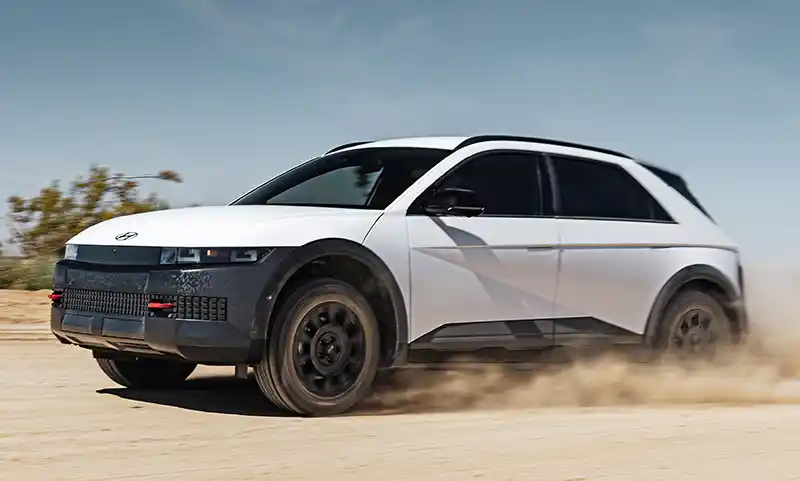
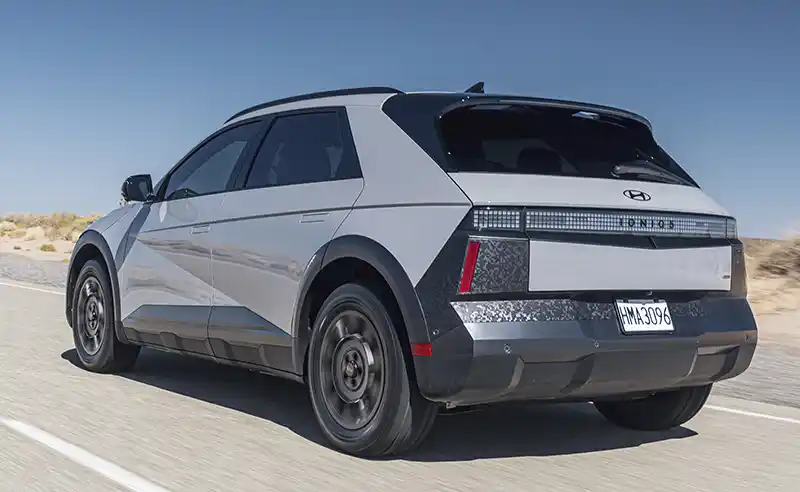
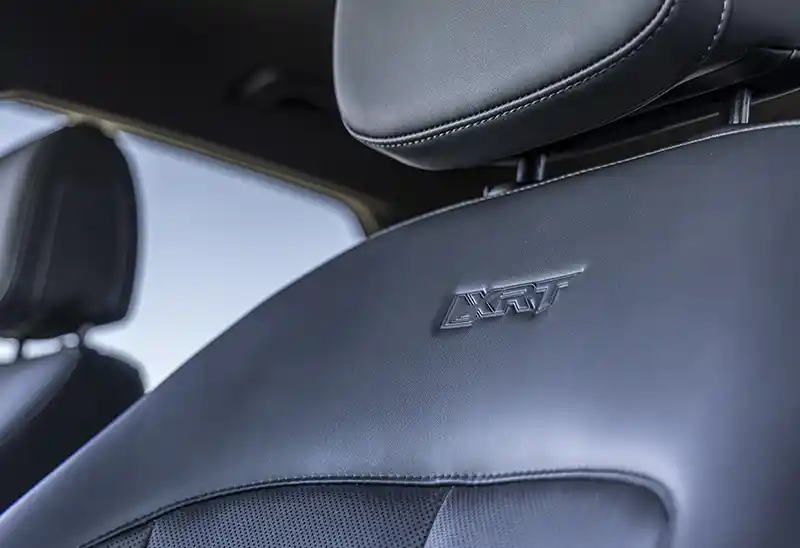
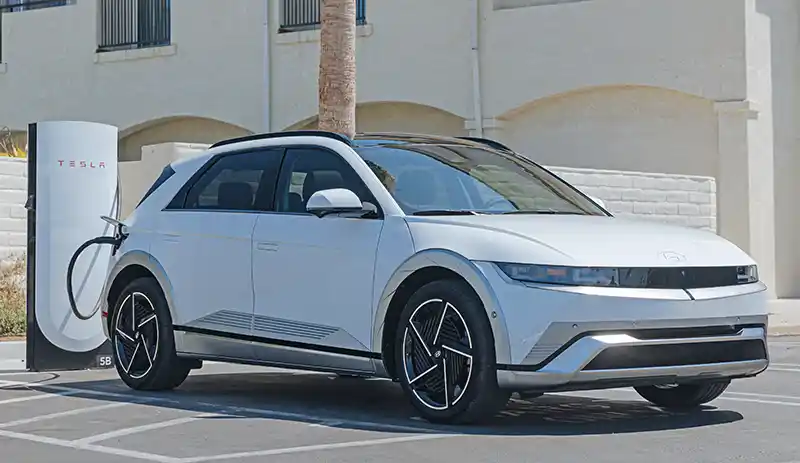
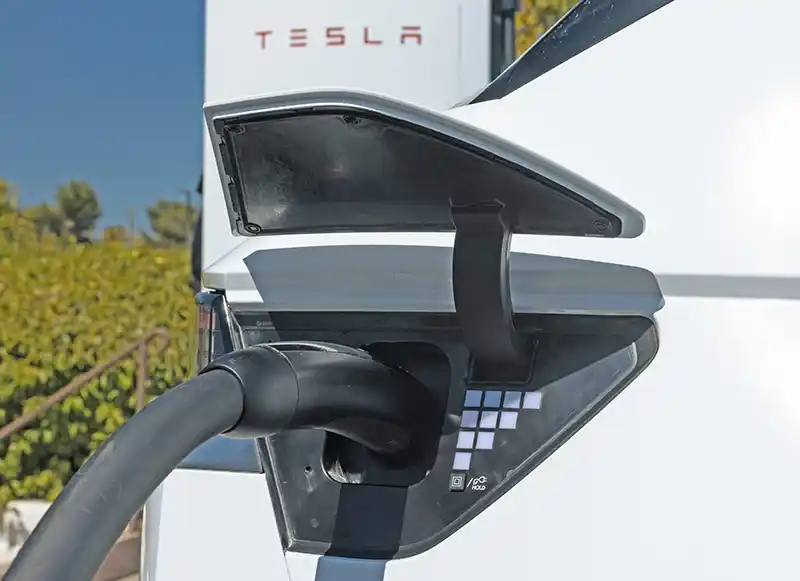
Hyundai has revealed the revised Ioniq 5 lineup for the 2025 model year, including the all-new XRT off-road-oriented model.
We saw the revised Ioniq 5 a few months ago and the US model gets similar changes, which include a slightly revised front and rear ends and mainly a new console inside. The batteries are also a bit larger but Hyundai has not shown any new range numbers yet.
In my opinion, the 2025 Hyundai Ioniq is not an improvement over the original version, at least visually. The wheels on the Limited model are also not as good-looking or original as the original design. These all seem like a case of “change for the sake of change” after a few years on the market. The best we can say is that at least they didn’t ruin it and respected the original excellent design.
On the other hand, they let the designers lose with the new XRT trim. It seems the goal was to make the Ioniq 5 as ugly as possible, and they did.
The revised black plastic and dark metal finish on both ends of the XRT can only be described as ghastly. With grey seats looking pretty depressing, at least in the official photos. I am not sure a Hyundai Ioniq 5 is the right car to try and sell from Subaru in the first place. Since the design just doesn’t look like an off-road vehicle no matter what.
Both Subaru and Volvo with their XC models have been much more successful. I cannot imagine this being a bit success. I guess they’re trying something, at least…
The 2025 Hyundai Ioniq 5 is now built in the US, which means it will eventually qualify for the full federal tax incentive.
But the most important news is the standard NACS charging port. The first time I had seen one outside of a Tesla (Or an Aptera prototype). This is big news as it turns the Ioniq 5 into one of the most convenient EVs available in this country with easy access to the most reliable charging network. An excellent move from Hyundai. That probably means the NACS port is also coming to the revised 2025 Kia EV6 as well. And other upcoming Kia/Hyundai EVs.
A much better solution than waiting for Tesla to get their act together and finally produce enough adapters for various manufacturers. The surprising part is that Hyundai is not even on the list yet of brands that will soon be supported by the NACS network from Tesla.
Tesla lists on its site Nissan, GM, Volvo, Polestar, and Mercedes under “Coming soon”. It looks like Hyundai bypassed everything and did the right thing…

You forgot to mention that the model now has a rear wiper which it should of had sine day one.